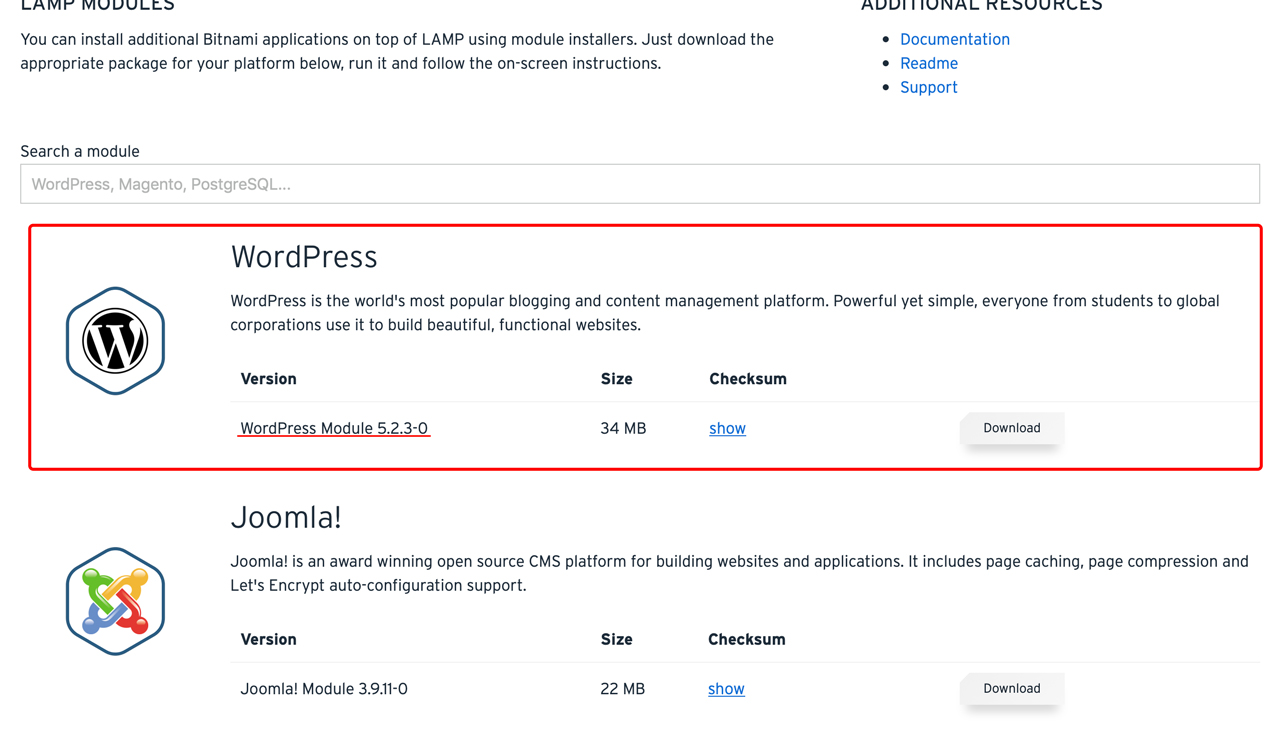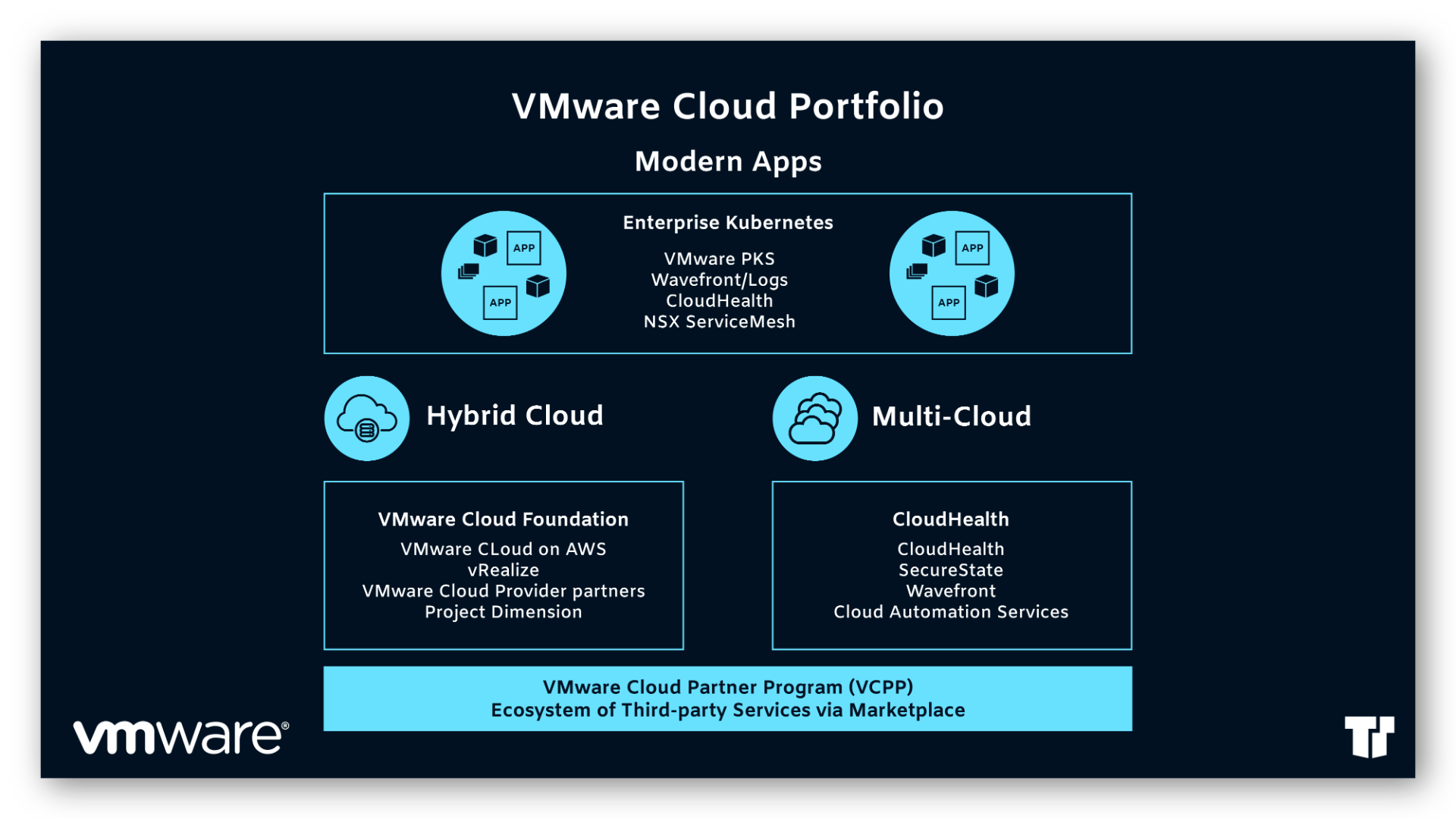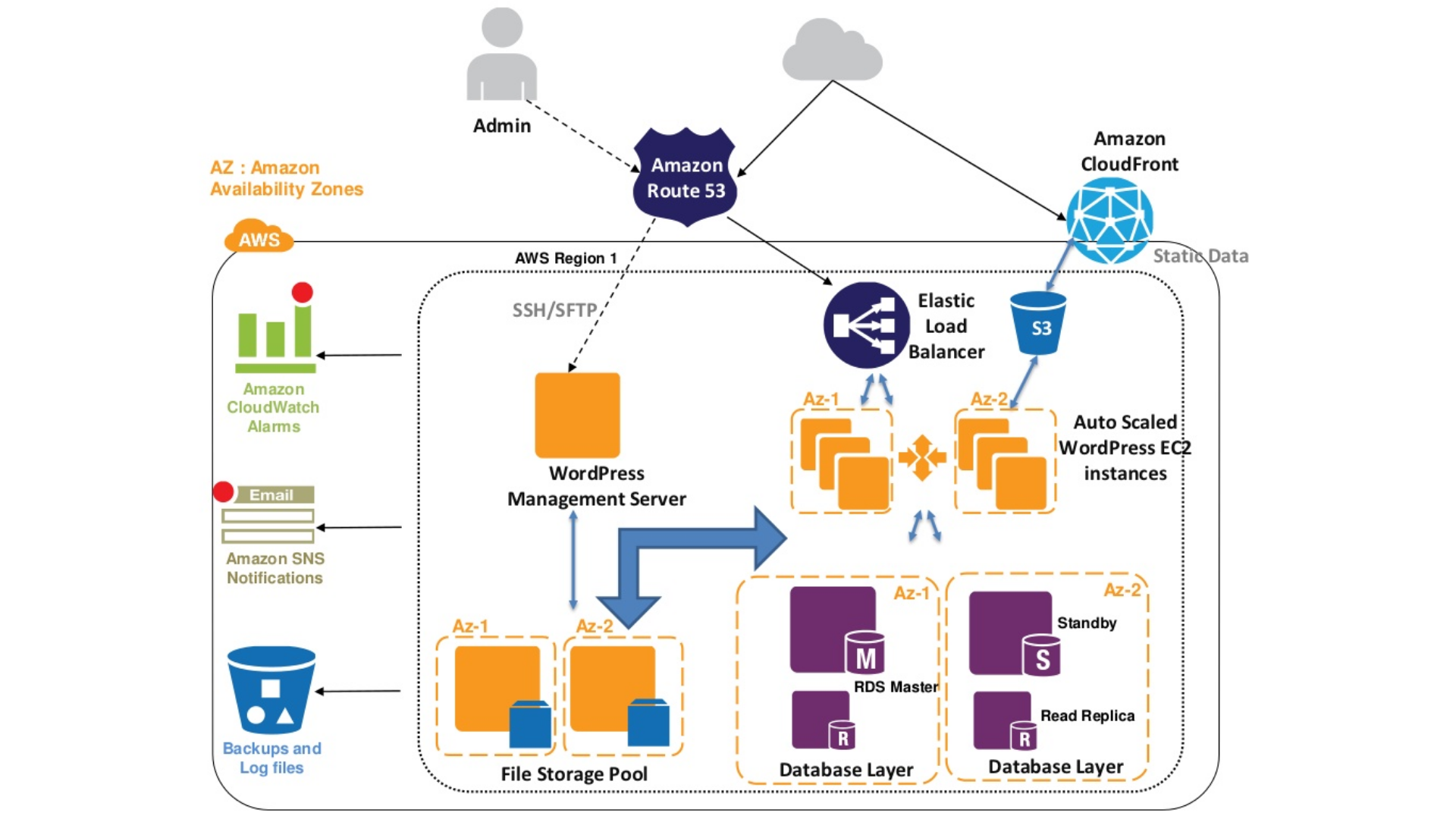

- #Multiple bitnami wordpress stack how to#
- #Multiple bitnami wordpress stack full#
- #Multiple bitnami wordpress stack password#
- #Multiple bitnami wordpress stack download#
Within this area set the mode to Full (Strict), then click on the sub-tab labelled Origin Server and then click on the button labelled Create Certificate. Set the option on the Overview page in SSL/TLS to Full (strict) Simply login to Cloudflare, click on your domain then on the SSL/TLS tile. If you use Cloudflare as your DNS provider, then an easy and free way to get going is to use their SSL service. If you didn’t run the above you can do it as its own standalone command to remove the Bitnami banner just run the following: $ sudo ~/apps/YOUR_WORDPRESS_FOLDER/bnconfig -disable_banner 1 Step 3: Create SSL Certificate Using Cloudflare Free SSL You could also modify the previous command by running the following if you wanted to disable the Bitnami banner: $ sudo ~/apps/se/bnconfig -appdomain -disable_banner 1 This shouldn’t take as long as the first command, but a little patience is required. When the module has finished installing you will want to add your domain to the newly installed directory, this will require the following command: $ sudo ~/apps/YOUR_NEW_WORDPRESS_FOLDER/bnconfig -appdomain YOUR_DOMAIN_NAMEįor example, if I were to continue with the same example previously of using this very domain, then I would be running the following: $ sudo ~/apps/se/bnconfig -appdomain
#Multiple bitnami wordpress stack password#

Now execute the Bitnami module, changing the name NEW_WORDPRESS_FOLDER_NAME to a more succinct name for your new WordPress installation. The resulting output will need to be copied and pasted somewhere for use later.ģ. Before you execute the file, fetch the MySQL password: $ cat bitnami_application_password $ sudo chmod +x bitnami-wordpress-5.5.3-0-module-linux-圆nĢ. First, make the newly downloaded file executable.We’ll first start with Bitnami doing it’s thing in setting up a new WordPress installation alongside the default wordpress one in the ~/apps directory. $ sudo wget Step 2: Run Bitnami WordPress Module
#Multiple bitnami wordpress stack download#

(I’ve assumed from the start you’ve been able to start up an AWS Lightsail Bitnami instance and have successfully SSH’d into it) Step 1: Download WordPress & Bitnami’s WordPress Module Installerįrom inside your shell, download the files needed.
#Multiple bitnami wordpress stack how to#
There are many instructions on how to do this using the WordPress Multisite feature, but not if you actually need individual WordPress installations on the same box.Īnyway, after destroying a couple of boxes because of incorrect configurations I was finally able to develop a process to get myself going and here is that process. I found it tedious trying to change all of my websites (6 in total) to Amazon’s Lightsail Bitnami WordPress box.


 0 kommentar(er)
0 kommentar(er)
